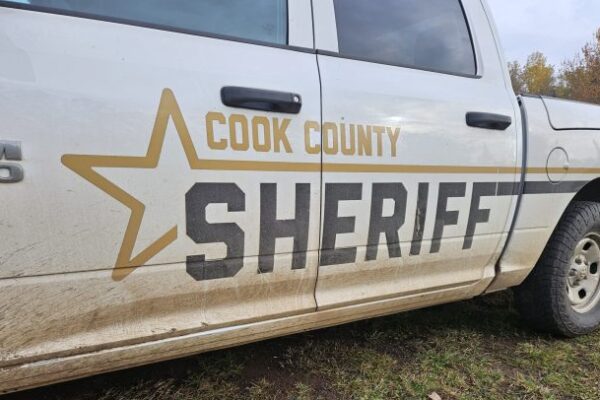Bryan Hansel bikepacks northern Minnesota’s Border-to-Border Touring Route
The Border-to-Border Touring Route spans 750 miles, traversing northern Minnesota by utilizing pre-existing roadways, extending from the North Dakota border to the shores of Lake Superior.
The border-to-border project was initiated in 2015 and represents a collaborative undertaking involving the Minnesota Department of Natural Resources (DNR) and the Minnesota 4-Wheel Drive Association. In 2015, the legislature directed the Minnesota DNR to collaborate with the Minnesota 4-Wheel Drive Association to address off-road vehicle touring routes.
As the planning process and public listening sessions across northern Minnesota began, the DNR received mixed support and opposition about the proposed touring route from the public, county officials, and various environmental groups.
When first proposed, the Border-to-Border Touring Route was initially planned to end in Cook County. However, Cook County was dropped from the route after county officials and the public shared their reservations with the project planners about potential increased motorized traffic and environmental degradation, such as damage to trout streams, aquatic invasive species, and wetland concerns. The route now ends near Silver Bay in Lake County.
Despite the delays and Cook County’s involvement, the nearly eight-year-long project is now entering the final stages of the route management plan.
As it nears completion, a Cook County resident and well-known photographer, Bryan Hansel, decided to pack his bags and venture out for a long-distance bikepacking trip in mid-October along the border-to-border route to experience it firsthand.
“So I knew I wanted to do a long bike trip this year,” Hansel said. “There was a lot of controversy with it in Cook County. So I figured it just seemed like a good idea to go ride it and see what it was about.”
Hansel planned his route using a biking program called Ride With GPS based on the preliminary border-to-border map on the DNR website. “And that loads into my bike computer, and then the bike computer gives me turn-by-turn navigation,” he said.

Bryan Hansel’s route via Ride With GPS
He began his journey in the northwest corner of Minnesota and strategically mapped out 60-mile days based on available camping locations. As he pedaled along the gravel roads, he said his apprehension about the route faded. “What I found is that the DNR did a really good job of picking roads,” he said. “I found that a really fun and exciting route.”
“I always imagined it was more of this off-road vehicle type of route. And there’s all but maybe four of five miles that I would have taken my Subaru Outback on with no problem,” Hansel said. “It was like solid good, graded county roads like you’d expect to see in Cook County.”
Along the way, Hansel tweaked his route to avoid paved roads and enjoy small detours to nearby parks, small towns, and other interesting northern Minnesota sights. One of his favorites was Big Bog State Recreation Area in Beltrami County. “I’ve always wanted to go and hike the trails there because it’s one of the biggest bogs in the state,” he said. “And that was beautiful.” Another highlight of the trip, Hansel said, was the stretch between Blackduck and Silver Bay. “That was amazing. I would ride that all again in a second.”
During his ten-day bikepacking adventure, Hansel completed 650 miles for a total riding time of 57 hours.
Although the route has yet to be officially finalized, Joe Unger, the off-highway program consultant at the Minnesota DNR, expressed enthusiasm over the news that several individuals, including Hansel, have already embarked on exploring the touring route. While several individuals have traversed the route on street-legal enduro bikes and in vehicles, to Unger’s knowledge, Hansel is the first person to bikepack the route.
As the DNR prepares to wrap up the route management plan, it will enter a final 30-day public comment period later this winter. Unger said the route management plan addresses things such as “environmental considerations like stream crossings, wetlands, wildlife, and fisheries.”
Then, come spring, the DNR intends to sign agreements with various road authorities, finalize maps, and put physical trail signs along the route.
Photos from Bryan Hansel’s October bikepacking trip:
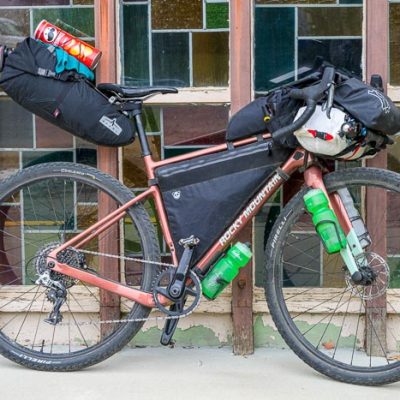


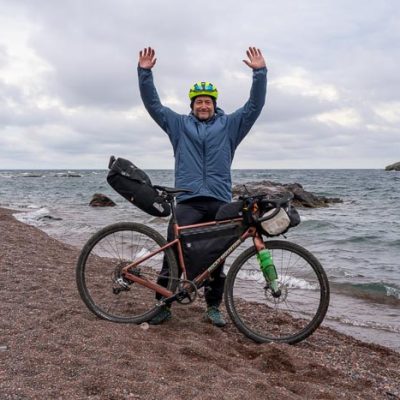
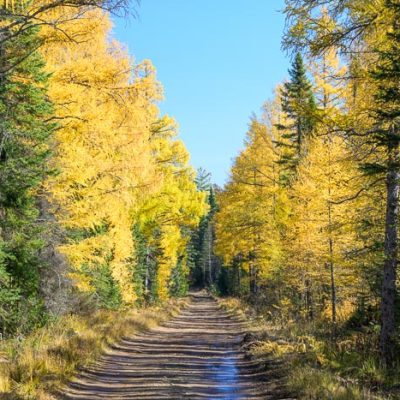
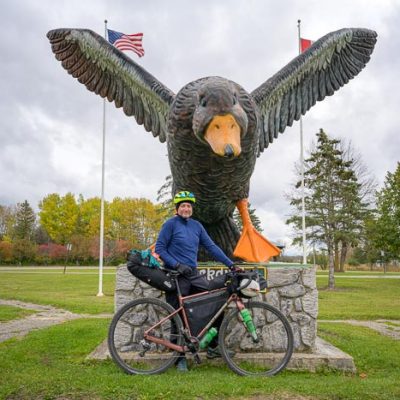
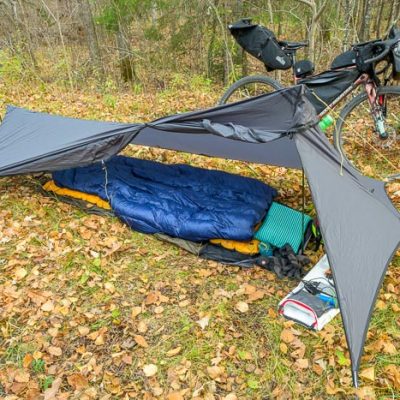
WTIP’s Kalli Hawkins spoke with Bryan Hansel about his bikepacking journey on the Border-to-Border Touring Route and with Joe Unger, the off-highway program consultant with the Minnesota DNR. Audio from the interviews is below.














